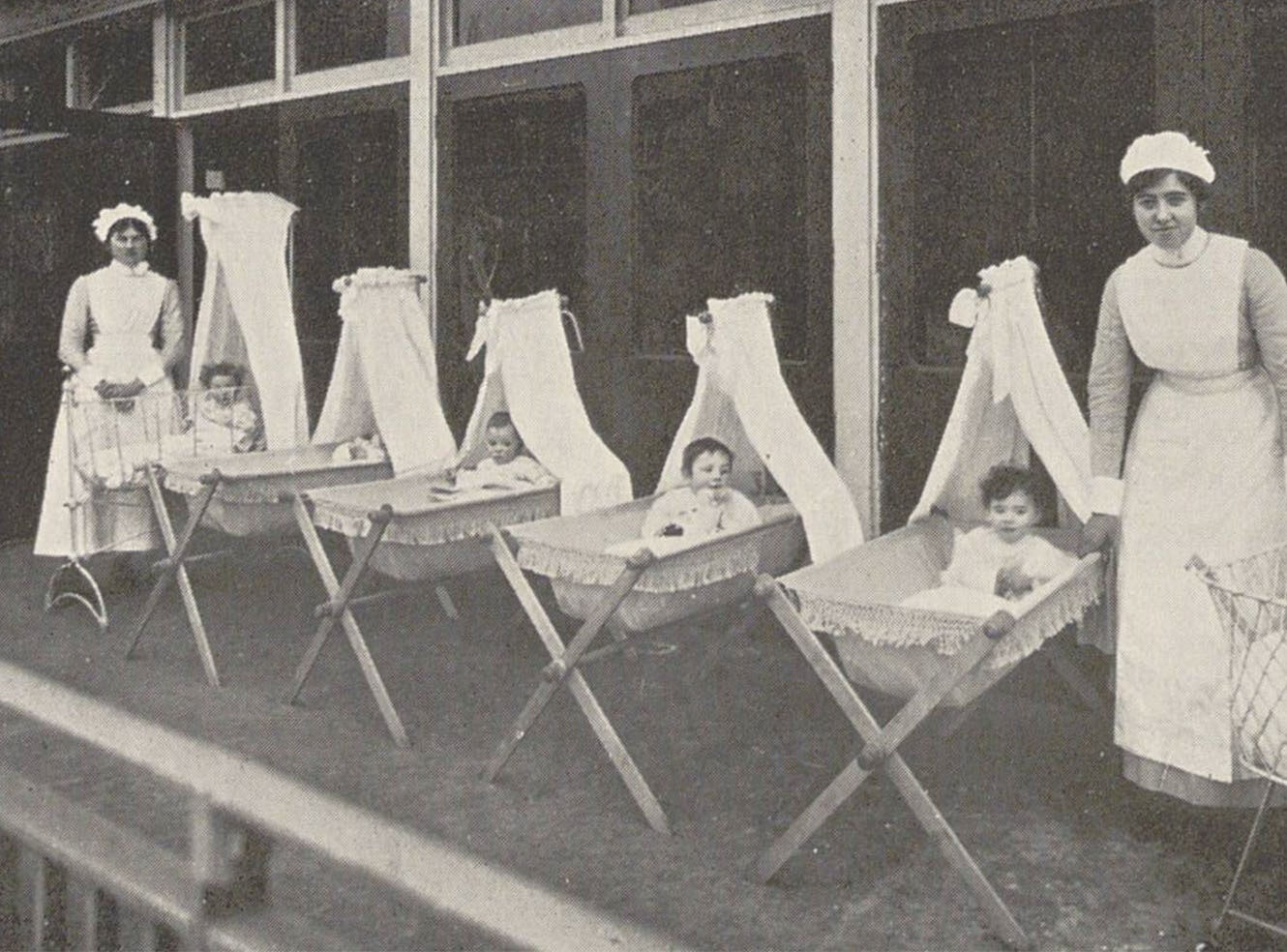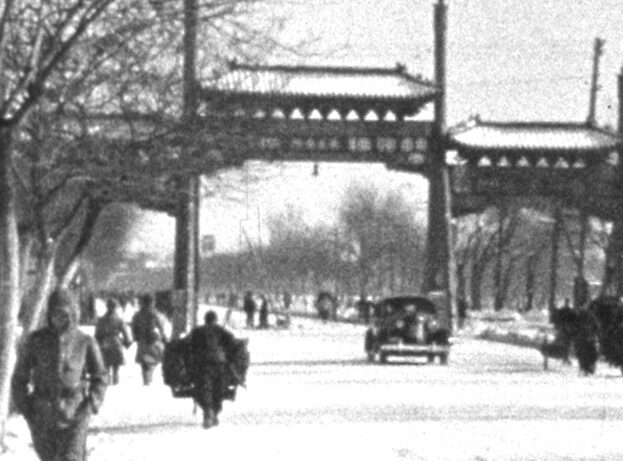Expanding Access to Digital Primary Sources for National History Day
By Dot Kelly, Engagement Manager at AM.
A collaborative initiative conceived and led by the University of Minnesota, and supported by a group of leading publishers, is opening up a range of digital archives and cutting-edge research platforms for school students preparing for National History Day, a popular date in the calendar for student scholars in the U.S..
Here’s how the University’s project helped expand access to digital primary sources and inspire school students across the state.
What is National History Day?
National History Day is an annual competition in the U.S. that encourages students to engage in historical research and present their findings through various media formats.
Participants, typically middle and high school students, select a topic related to the annual theme and conduct research using primary and secondary sources. They analyse historical events, individuals, or ideas and develop a thesis statement to support their arguments, which they then present at local competitions. Winning student scholars are invited to state contests where the top projects go through to a national competition held in Washington D.C..
Organised by an educational non-profit with a mission to improve the teaching and learning of history for young people, National History Day provides a platform for students to develop new skills, showcase their learning, and explore the past in an active, exciting, and creative way.
How it started
For several years, the University of Minnesota organised field trips and visits for students preparing projects for National History Day. Welcoming middle and high school students from across the state, the institution invited its young visitors to explore the varied resources held in the library.
But the student scholars needed some guidance to go beyond the standard textbooks, as librarian Richmond Kinney explains:
When we saw 12 and 13 year-olds spending the day stuck with a giant academic textbook, we thought — ‘yes, that’ll look good in your bibliography. But you’re missing out on those magical moments of discovery that only primary sources can bring. That physical connection of holding a piece of history in your hands. Or the buzz of discovering something on microfilm.’ To see how excited the students get in those moments — it’s awesome!
Then there was the problem of “what next?”
After using the University of Minnesota’s library resources for a day, the students would be back to using local or open access resources when they went home.
A project team led by Richmond Kinney discussed ways to encourage students preparing for National History Day to explore primary sources, and to further expand access to ensure that the experience had a wider and more lasting impact.
Working with publishers
In 2019, the University approached a group of publishers, including award-winning primary sources publisher AM, for help promoting their digital resource collections.
Engaging print and video guides were created by project teams at the various publishers directing students to the most relevant primary source content for the theme of that year. These basic “how to” guides showed them where to find the sources, how to use them, and what to look for, vital for school students encountering research platforms originally designed for academic audiences.
In 2020, with students unable to travel due to the pandemic, the publishers involved in the network agreed to allow digital access to their collections for students to use specific resources from home.
“This was a major boost for the student scholars missing out on the field trip experience at the library,” recalled Kinney.
In addition, AM began conducting training sessions for the participating teachers, empowering them to better understand the resources and guide their students more effectively.
Outcomes
Feedback from participating schools suggests that the initiative made a significant impact, increasing access and engagement and providing a lifeline for teachers during lockdown.
In terms of equity of access, the digital primary source collections were particularly important for students in rural areas, as one teacher explained:
We have to travel three hours to access materials like these.
We usually copy anything with a title that looks relevant and then return to actually read the sources. Having the digital sources available to study from home transformed the learning experience for these rural students.
For school students, the addition of contextual tools, including interactive maps, editorial guides, image galleries, and chronologies, helps break down barriers to entry and bring the history alive for younger audiences. The digital sources are hosted on a platform with cutting-edge technologies such as metadata discoverability and Handwritten Text Recognition (HTR), enhancing their discoverability and usability.
[It’s] like a tremendous light bulb above their heads and a surge of motivation and interest in something they early on might have felt only a moderate connection to. These primary source databases ignite student learning and engagement and they become the ‘research nerds’ they never thought they’d become.
Conclusion
This year’s National History Day was themed Frontiers in History: People, Places, Ideas. Thanks to the University’s project team and a group of publishers around the world, the entries of school students in Minnesota were distinguished by the inclusion of a wide range of stunning primary sources, including images, newspaper headlines, correspondence, and footage. This year’s National Contest just wrapped up and ten MN projects placed! https://www.mnhs.org/historyday/contests-and-judging/national-event
The initiative continues, with the latest virtual training session delivered in November 2022.
As more and more school students from across the state of Minnesota are given the opportunity to engage with high quality digital primary sources, the collaborating publishers are helping inspire the next generation of historical researchers and critical thinkers.
This article was first published in Against the Grain, September 2023.
Recent posts

AM’s new resource, A Global History of Epidemics, 1800-1970, offers interdisciplinary researchers unique primary sources, interactive tools from maps to timelines, and expert essays, to explore disease history, colonialism, and public health advancements within the British Empire and beyond.

AM's latest publication provides a vivid visual exploration of twentieth-century China, showcasing historical and cultural transformations. Enriched with powerful accessibility and discovery tools, and contextual resources, China on Film provides an invaluable resource for studying modern Chinese history and early film-making.
